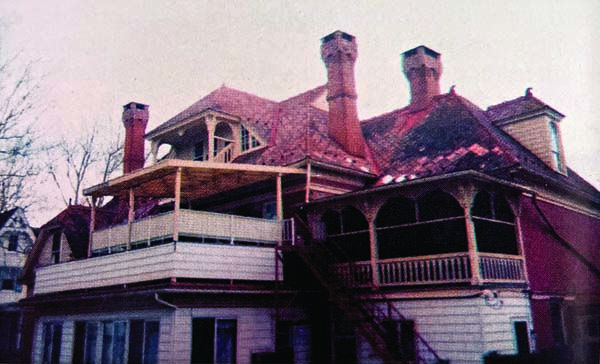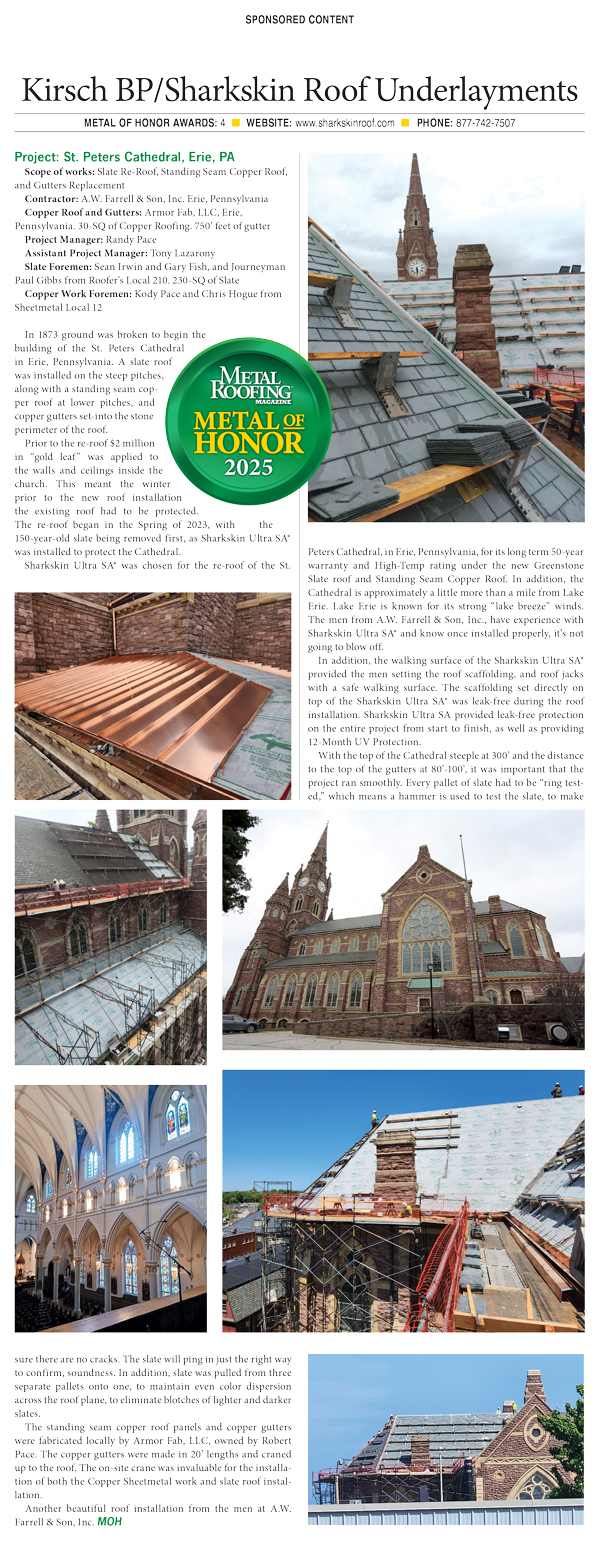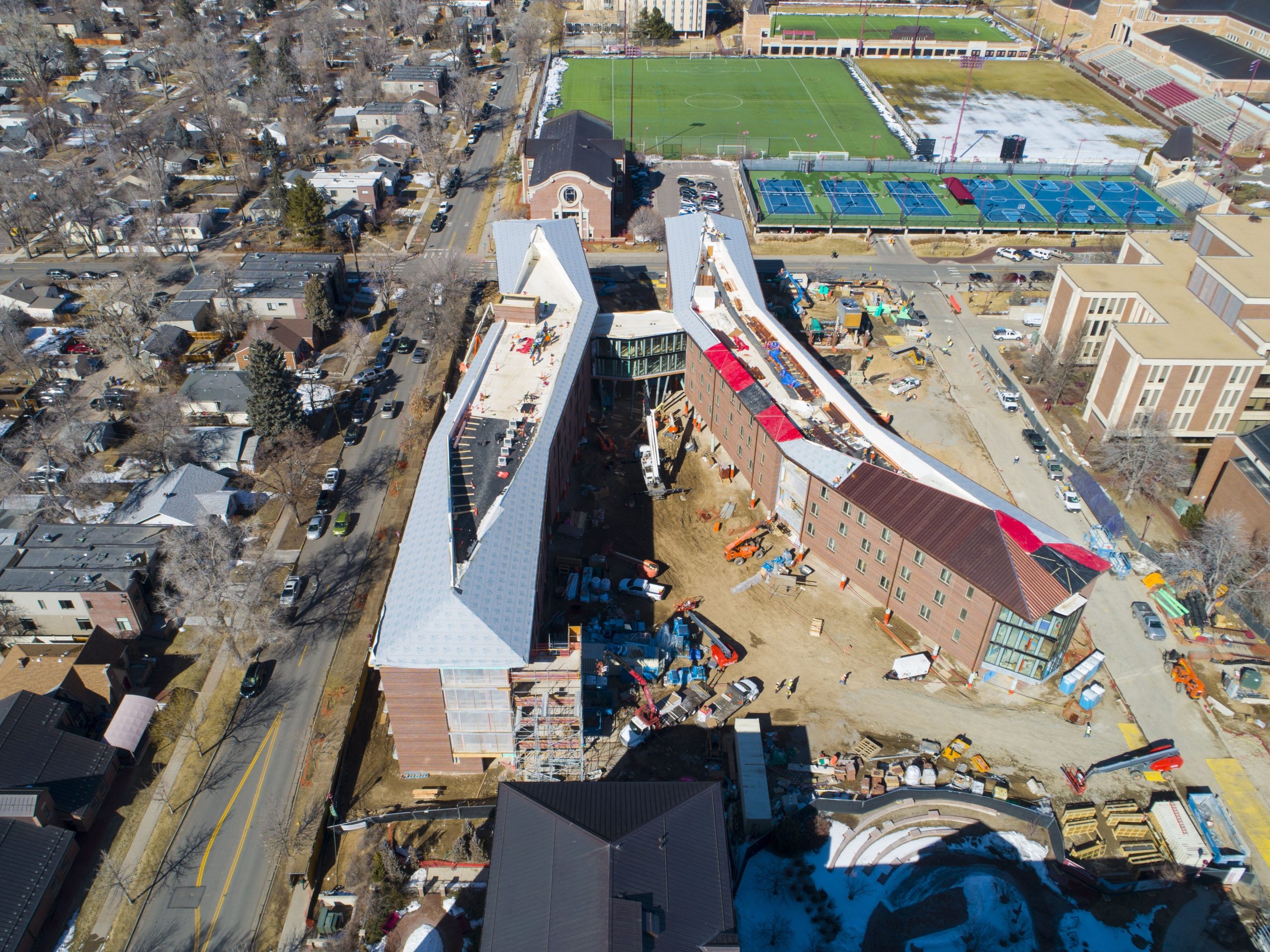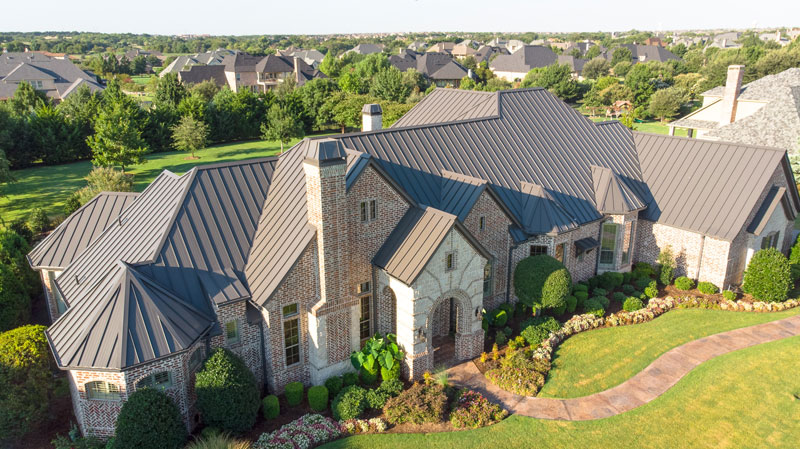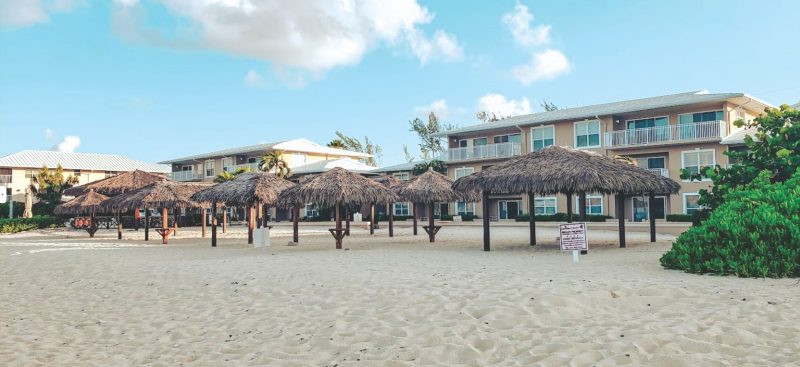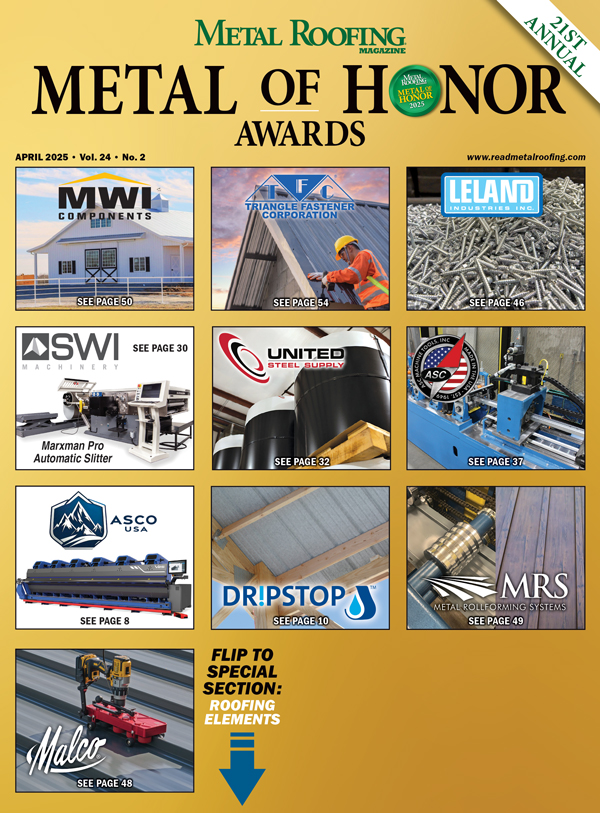It took a secret weapon to get Gary Slear the metal roof he wanted.
Slear’s apartment building in Lewisburg, Pa., dates from the 1860s, and is one of more than 600 buildings in the picturesque Susquehanna River town that date from the 19th century. Lewisburg takes its heriatage seriously, and has set up a review board to approve any alterations to structures in its central historic district.
Slear also takes history seriously, and had already painstakingly rebuilt the four tall Victorian chimneys on the building. But the old asbestos tile roof was a mess: It was cracked and leaking in spots, and the red paint was flaking off. Given the difficulty of accessing the third-story, 12:12 roof, Slear decided right away he wanted to reroof with metal, both for its durability and ease of maintenance.
But when he approached the architectural review board, committee members assumed the asbestos tile had replaced an original slate roof, which they thought should be restored. But Slear had done his homework. He pulled out a 1905 Sanborn insurance map of the town that noted that his building had a wood shingle roof. And wood shingles had since been outlawed as a fire hazard. Impressed by this evidence, the board approved the use of a shingle facsimile.
Slear’s roofing contractor, Vince Trego of Vince Trego Exterior Design, also attended the meetings, and produced samples of Tasman Roofing’s Decra panels, including the Decra Shingle Plus. After viewing the stone-coated steel shingles up close, the board approved the entire line for use in the historic district.
Slear and the board also agreed on another matter: the importance of preserving a scalloped, terracotta finial that ran along the roof ridges. “The scalloped ridgeline really makes the building special,” says Slear. Several contractors had already passed on the project because of this detail. Trego scoped out the ridge with binoculars and decided he could figure out a way to save it.
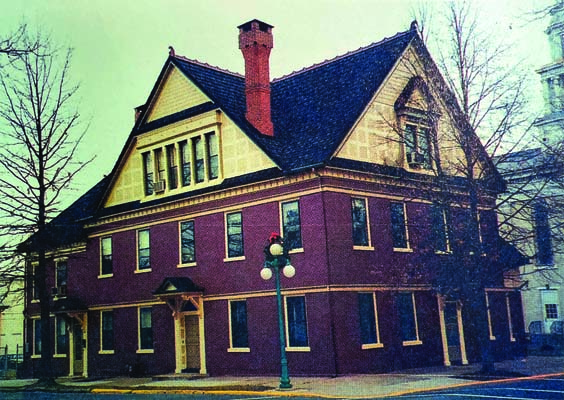
Trego used a scissors lift to reach the third-story roof. Removing the asbestos shingles went quickly, passing a snap OSHA inspection of his asbestos removal practices. The crew installed 2×2 battens, which doubled as ladder steps on the steep roof, and then screwed the Shingle Plus panels into the battens from the ridge down.
It turned out the heavy ornamental ridge sections were secured only by their own weight. Trego photographed and labeled the sections, then created a special flashing for the ridge that accommodated the tiles. The detail meant no ridge vents, but the 1-1/2-in. space between decking and shingle is well ventilated at the eaves and hips. The installation was completed in June 2000 after several weeks’ work.
Slear is getting a lot of compliments on his high-visibility roof. So far, the shingles are warranted for 50 years to withstand hail and winds up to 120 mph, and have already passed the test of one fierce winter storm that blew in a window. The Decra Shingle Plus also carries a 25-year appearance warranty on its acrylic-bonded stone chip finish, so Slear figures he won’t ever have to deal with his roof again.
Trego, who’s been roofing with Tasman products since 1989, is a true believer in metal shingles. He has installed them on buildings ranging from homes to warehouses in several states, usually bringing his small crew with him. He gets much of his business from builder’s shows, where he shows the product in place on a large mock-up roof section. “People have to see and touch it before they’re sold,” he says.
Trego has other ways to promote his pet product. This spring he plans to donate a roof, including installation, for a Northumberland, Pa., city park gazebo with a decaying wood shingle roof. “I’ll only have a couple days to install it,” he says. “They use it almost every day in springtime for weddings.” All he wants in exchange is a little publicity for his business, and for metal shingles. MR
By Metal Roofing Staff
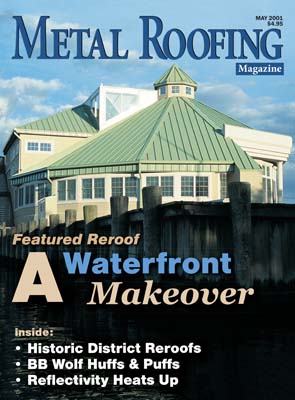
Metal Roofing Magazine was born as a supplement to Rural Builder magazine in 1999. A few more supplements were published in 2000. In 2001 it was elevated to a stand-alone magazine, and today it is over 20 years old.
This article was published in May 2001, and shows that metal roofing can save homeowners from expensive roof replacements without sacrificing the look and design of an historical roof.
If you have a metal roofing project on an historic building, we’d love to see it and share it with our readers! Contact Karen Knapstein, [email protected], forwarding all the information you have about the materials used, challenges faced, and a few hi-res photos. In the meantime, enjoy a bit of metal roofing history!
By Metal Roofing Staff

Get Metal Roofing Magazine delivered directly to your mailbox … or your inbox.
Like all Shield Wall Media publications, Metal Roofing Magazine is free to everyone in or associated with the construction trades. Metal Roofing Magazine is published 7 times per year and available in either print or digital format.


